Special Research on Ni-MH Battery Separator
Special research on Ni-MH battery separator (top-secret document), special
research on Ni-MH battery separator (top-secret document), type 1 of polyolefin
non-woven fabric, traditional wet-laid fiber composition: PP, PP/PE fiber size :
15-20 microns Features: Special research on the use of polyethylene and
poly-Ni-MH battery separators (top secret documents)
Types of Polyolefin Nonwovens
1. Composition of traditional wet-laid fibers: pp, pp/pE Fiber size: 15-20
microns Features: Use a mixture of polyethylene and polypropylene with high
uniformity, developed from the production of wet-laid paper, to meet The
combination of pp and pE, so a fiber with a relatively larger diameter should be
used.
2. Splicing fiber method Fiber composition: pp, pE+pEVOH Fiber size: 2-8
microns, 15-20 microns Features: It is also prepared by wet method, but the
difference is that the fibers are stitched and entangled using water flow.
Because of the problem of pinhole formation during the entangling process, the
basis weight minimum value of the product is limited to about 55 g/m2. When the
fineness diameter of the combined fiber is 2-8 microns, it is necessary to have
fibers with larger diameters to strengthen the strength of the product through
cross-linking. If the combination is not perfect, a uniform product will not be
obtained. Raw materials for the manufacture of such separators contain both
polyethylene fibers, polypropylene fibers and, in some cases, ethylene-vinyl
alcohol copolymer fibers.
3. Dry fiber composition: pure pp fiber size: 8-12 microns Features:
4. Melt-blown fiber composition: pure pp fiber size: 1-5 microns Features:
It is made of polypropylene by melt-blown method, usually does not contain
additives, so it will not reduce battery performance.
Surface treatment of polyolefin nonwovens Polyolefin nonwovens are
generally hydrophobic and require surface treatment to make them hygroscopic
before being used as separators for alkaline batteries. The most common methods
are:
1. Treatment with surfactant is to make it hydrophilic by coating with
anionic or nonionic surfactant. The main disadvantage of this method is that the
surfactant will quickly dissipate from the separator, which will pollute the
electrolyte and electrodes of the battery. As a result, the separator will
become hydrophobic, and the intervention of impurities will cause a decrease in
battery performance.
2. Corona discharge is a method of subjecting the diaphragm to high-voltage
discharge to oxidize the surface of the polymer to make it hydrophilic. The time
of this treatment should not be too long, and the water absorption of the
diaphragm will be lost after a long time of use.
3. Fluorine gas treatment is to treat the diaphragm with fluorine gas
diluted in an inert gas such as nitrogen or argon, and another reactive gas such
as sulfur dioxide is also added to the mixed gas. The diaphragm treated by this
method has a certain degree of hydrophilicity, and this method has the least
effect on the tensile strength of the diaphragm.
4. Adding hydrophilic fibers By adding a relatively small portion of
hydrophilic fibers, the polyolefin nonwoven separator can have water immersion.
A commonly used fiber is ethylene-vinyl alcohol copolymer (pEVOH).
5. Sulfonation treatment This process includes the hydrophilic treatment of
the surface of the non-woven fabric in sulfuric acid or similar chemical
solvents. This process exposes sulfuric acid to the fiber surface, but this also
causes degradation of the polyolefin due to chemical oxidation reactions. As a
result of the treatment, the tensile properties of the nonwoven are reduced.
Because of degradation due to oxidation reactions, only polyethylene-covered
polypropylene fibers can be used, such that fiber diameters are limited to 15
microns or larger. Fine pure polypropylene fibers cannot be treated in this
way.
6. Graft copolymerization of vinyl is the most commonly used method among
the above processes. All types of nonwoven separators are treated for effective
and long-lasting water immersion. Grafting acrylic on vinyl is the most
effective method, usually using radiation techniques. The radiation grafting
process can produce a uniform and hydrophilic separator, and at the same time,
it can improve the mechanical properties of the non-woven separator. Another
advantage of the process is to add ion-exchange properties to the separator,
thereby improving battery performance, such as charge retention and cycle time
after charge.
Diaphragm performance
1, Mechanical properties Tensile strength is a very important parameter, it
varies with the structure of the diaphragm, the type of fiber, the diameter of
the fiber and the quantitative of the diaphragm. Surface treatment can also
affect the mechanical properties of the separator.
① Melt blown method - graft weight (g/m2): 50 Tensile strength MD (N/m):
1200 Elongation (%): 20
②Dry method-grafting weight (g/m2): 58 Tensile strength MD (N/m): 3500
Elongation (%): 20
③Wet method - graft weight (g/m2): 58 Tensile strength MD (N/m): 3500
Elongation (%): 20
④ Wet method - sulfonation quantitative (g/m2): 62 Tensile strength MD
(N/m): 2100 Elongation (%): 11
⑤ Split fiber method - fluorine treatment Quantitative (g/m2): 60 Tensile
strength MD (N/m): 3700 Elongation (%): 25
⑥ Adding hydrophilic fiber quantitative (g/m2): 57 Tensile strength MD
(N/m): 2000 Elongation (%): 20
A separator with a tensile strength above 3000N/m has no problem in rolling
batteries. If the tensile strength is less than 2000N/m, care must be taken when
winding the battery to avoid damage to the separator and short circuit of the
battery. The separator produced by the melt blown method can only be used for
square batteries, because the tension of the separator during the battery
production process is not serious. A particular benefit of using radiation
grafting is the increased tensile strength of the separator. ②Chemical stability
In order to prolong battery life and operate reliably, the separator must have
high chemical stability inside the battery. The figure below shows the
relationship between the time and the tensile strength of the three grafted
membranes immersed in 30% KOH solution at a temperature of 70°C. For comparison
the effect of immersion on typical nylon diaphragms is listed in this figure.
These results represent the degradation characteristics of nylon, while clearly
showing the long-term stability of polyolefin materials. In addition, the table
below shows that the tensile properties of polyolefin non-woven separators will
not be affected even after hundreds of charge and discharge cycles. ③ The rapid
floodability of the water-immersible separator in the electrolyte can ensure
rapid and effective battery production. The following table shows the typical
absorption rate for the optimal removal of liquid in the separator of Ni-MH
battery. These data clearly show that all the grafted nonwoven separators have
better water soakability and wetting speed. And the non-woven membrane made by
the melt-blown method with fine fiber and small pore size has the highest
wetting speed. The separators are only suitable for prismatic batteries, which
are being developed for use in electric vehicles, only after they have been
treated by radiation grafting. To guarantee stable battery performance during
cycling, the water immersion of the separator must not be affected during the
working life of the battery. However, the corona discharge and fluorination
treatment of the surface of the non-woven separator will degrade its water
immersion performance with time. But radiation grafting is a permanent treatment
for polyolefin materials, and they remain water-immersive all the time. The
figure below shows the wetting speed as a function of time for two grafted
polypropylene nonwoven separators and one fluorine-treated nonwoven separator in
KOH at 70°C. The results showed that the grafted nonwoven membrane was the best
at maintaining immersion.
④ Absorption and retention of electrolyte The ability of the separator to
absorb and retain electrolyte is an important parameter for battery performance.
For ideal battery performance, the separator must have a high and uniform
absorption rate of the electrolyte. Further, to ensure long cycle life, the
separator must be able to hold enough electrolyte to prevent the separator from
drying out during cycling. The table below presents data quantifying electrolyte
absorption and retention for a separator of approximately 60 g/m2. The
electrolyte holding capacity was measured by the amount of electrolyte squeezed
out after the separator was pressurized. In order to maximize the cycle life of
the battery, the electrolyte should be retained as much as possible. 1.
Electrolytic meltblown method-absorption and retention of grafted electrolyte:
300 (g/m2) electrolyte retention: 19.7 (g/m2) electrolyte retention rate (%):
6.6
2. Dry method - absorption and retention of grafted electrolyte: 190 (g/m2)
electrolyte retention: 14.8 (g/m2) electrolyte retention rate (%): 7.8
3. Absorption and retention of wet method-grafted electrolyte: 160 (g/m2)
Electrolyte retention: 9.3 (g/m2) Electrolyte retention (%): 5.8
4. Absorption and retention of wet-sulfonated electrolyte: 140 (g/m2)
Electrolyte retention: 8.8 (g/m2) Electrolyte retention (%): 5.7
5. Spliced fiber method - absorption and retention of grafted electrolyte:
180 (g/m2) electrolyte retention: 13.7 (g/m2) electrolyte retention (%): 7.6
6. Combined fiber method - fluorine treatment Electrolyte absorption and
retention: 230 (g/m2) Electrolyte retention: 12.6 (g/m2) Electrolyte retention
(%): 5.5
7. Combined fiber method plus hydrophilic fiber absorption and retention of
electrolyte: 210 (g/m2) electrolyte retention: 14.3 (g/m2) electrolyte retention
rate (%): 6.8 The main influence on the retention capacity of electrolyte is the
diameter of the fiber, and the diameter of the fiber is also a factor
controlling the pore size of the diaphragm. For prismatic batteries, non-woven
separators made by meltblown method are the best choice, while for sealed roll
batteries, dry-laid non-woven separators are the best choice.
⑤ Impurity Separation/Self-discharge Performance Ni-MH batteries have
relatively large self-discharge. However, the self-discharge rate of Ni-MH
batteries using grafted and sulfonated polyolefin non-woven separators can reach
the level of Ni-Cd batteries. One reason for this performance improvement is
that the chemical stability of the polyolefin nonwoven separator is strong,
which can prevent the pollution of the battery, and the impurity is the cause of
the accelerated self-discharge. For example, the nylon separator will accelerate
the self-discharge of the battery due to the intervention of nitrogen in the
impurity. In addition, a very important feature of the radiation-grafted
polyolefin non-woven separator is to effectively reduce the content of
impurities that cause accelerated self-discharge. The ion-exchange properties of
these membranes have been documented to absorb and block impurities such as
metal ions and ammonia. These pollutions will cause corrosion of the electrodes
in the battery, just like impurities inside the electrodes. For example, nitrate
impurities in the positive electrode may decrease to become ammonia in the
negative electrode, thereby accelerating self-discharge. This is the so-called
nitrogen conduction reaction. Ammonia absorption capacity of grafted membrane:
1, wet method - absorption capacity of grafted ammonia (NH3mmol/g): 3.0
2. Combined fiber method - grafted ammonia absorption capacity (NH3mmol/g):
3.6
3. Absorption capacity of dry-grafted ammonia (NH3mmol/g): 4.0
4. Melt-blown method-absorption capacity of grafted ammonia (NH3mmol/g):
5.2
5. Meltblown method - Absorption capacity of ammonia without grafting
(NH3mmol/g): 0
Charge retention capacity of Ni-MH battery after storage for 7 days at
70°C: 1, charge rate of grafted pp (%): 80
2, Fluorine treatment charging rate (%): 54
3, Coronadischargepp charging rate (%): 50


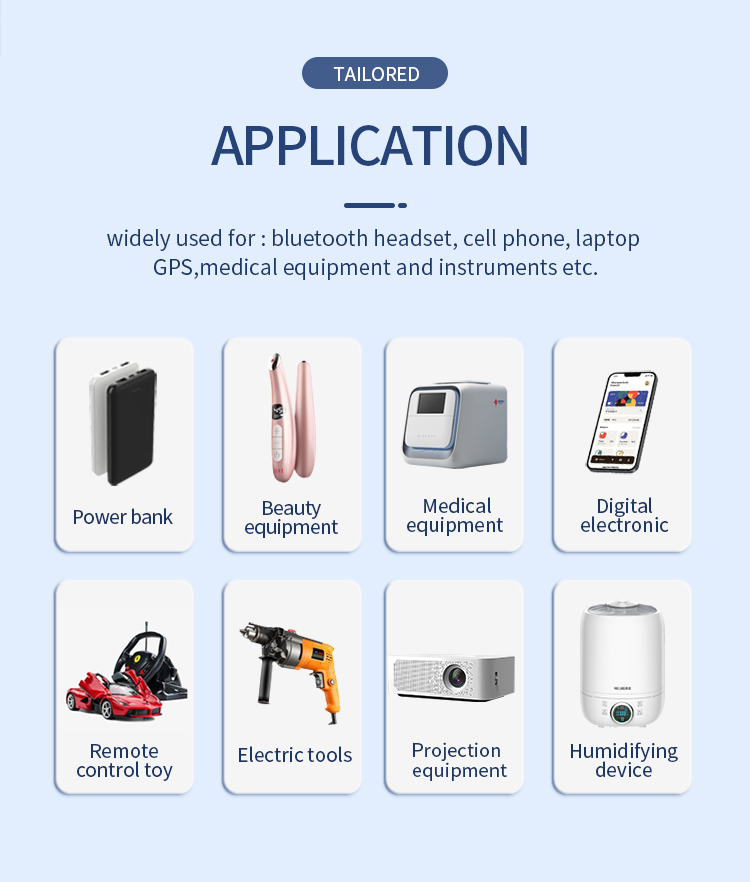
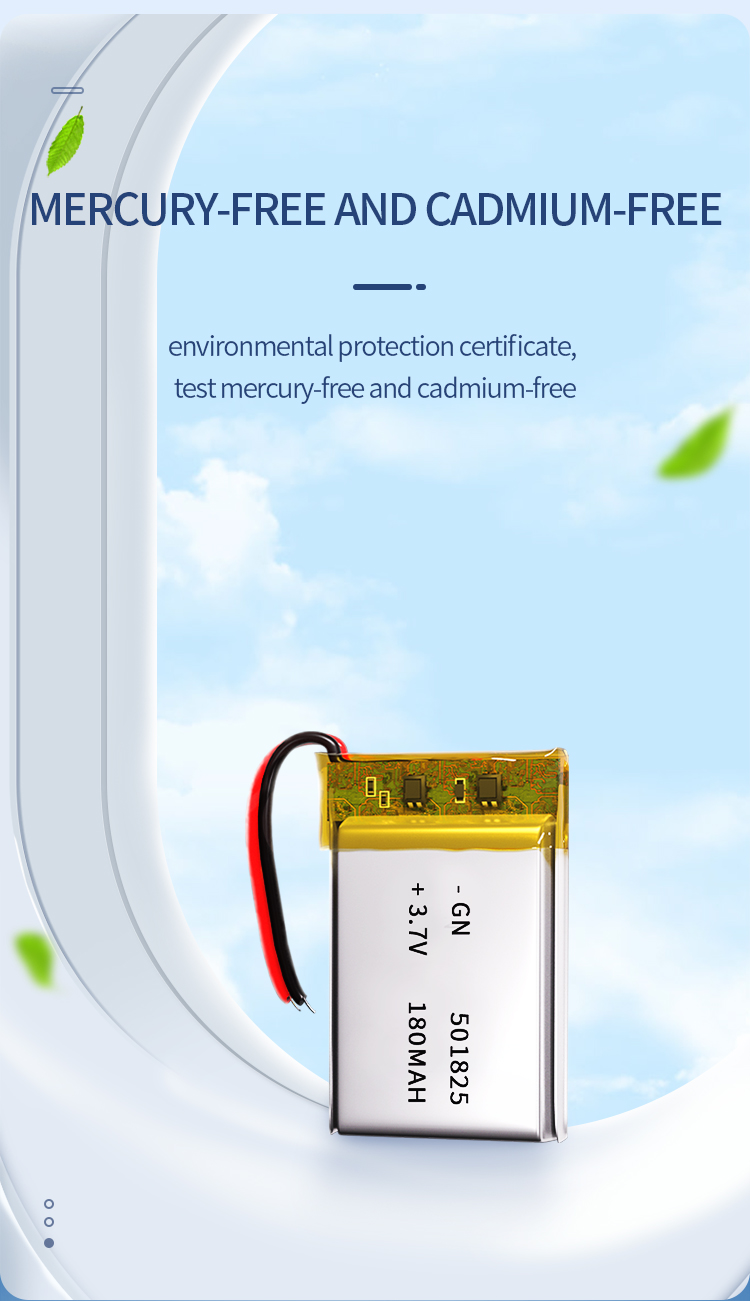
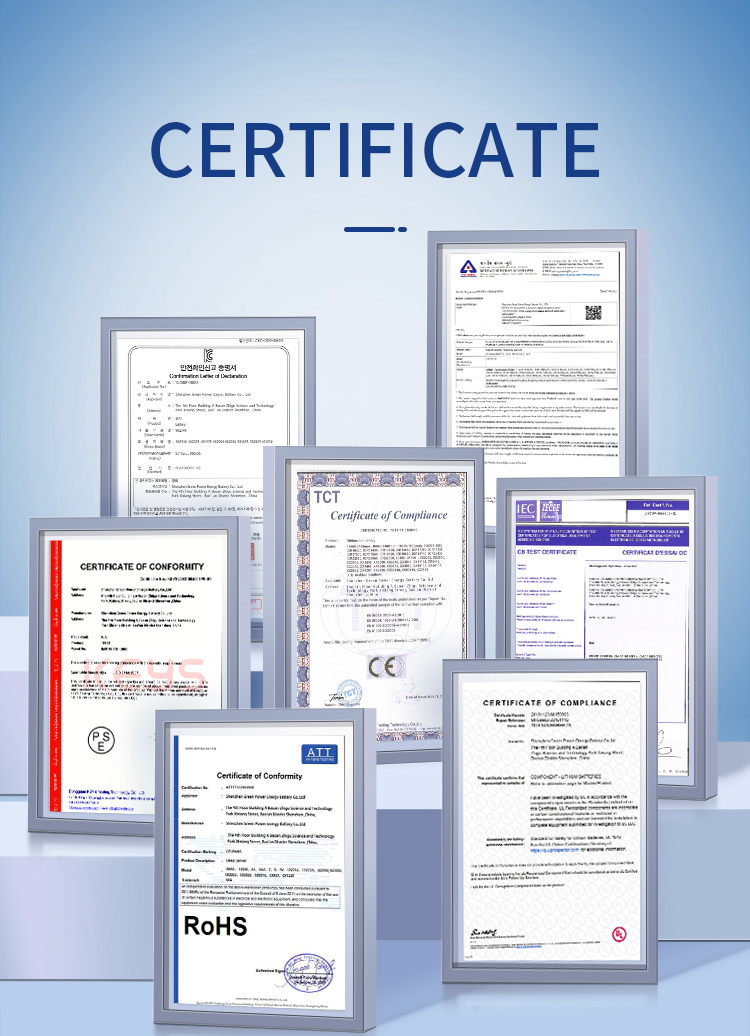
































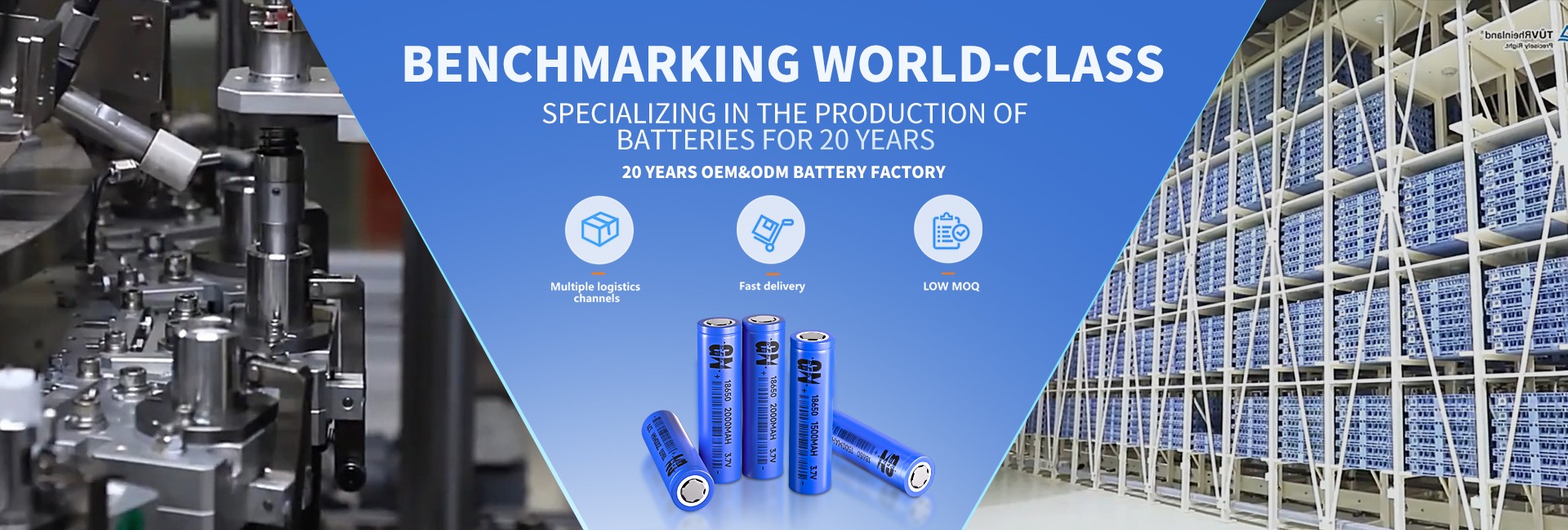
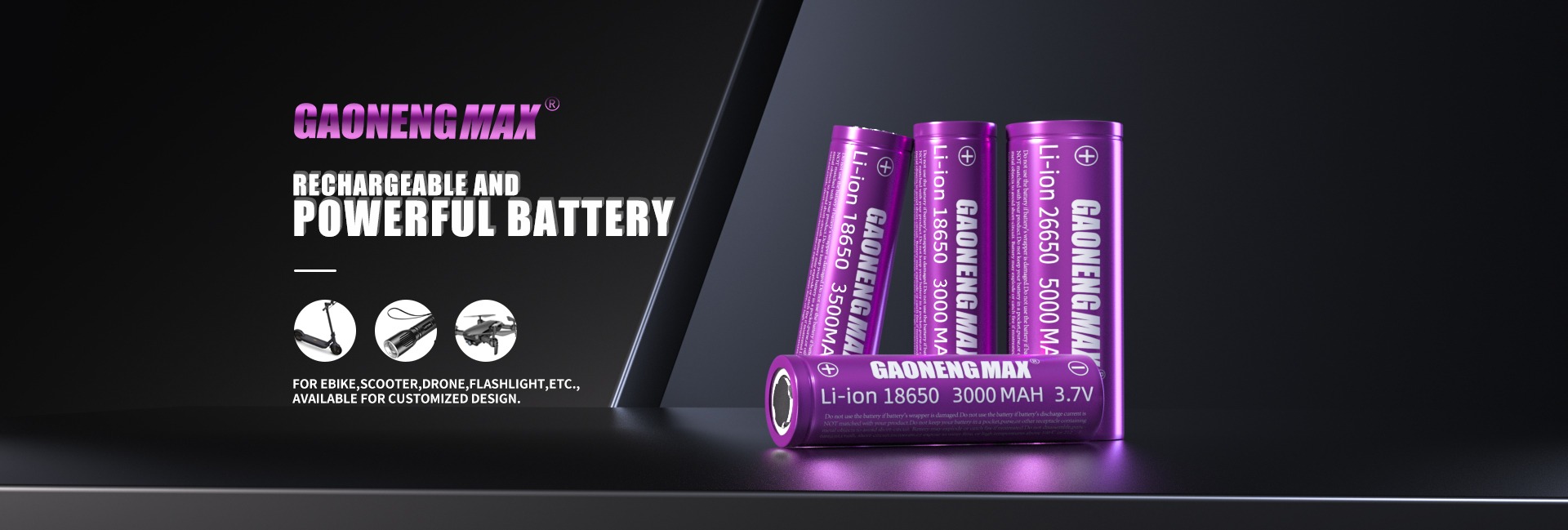
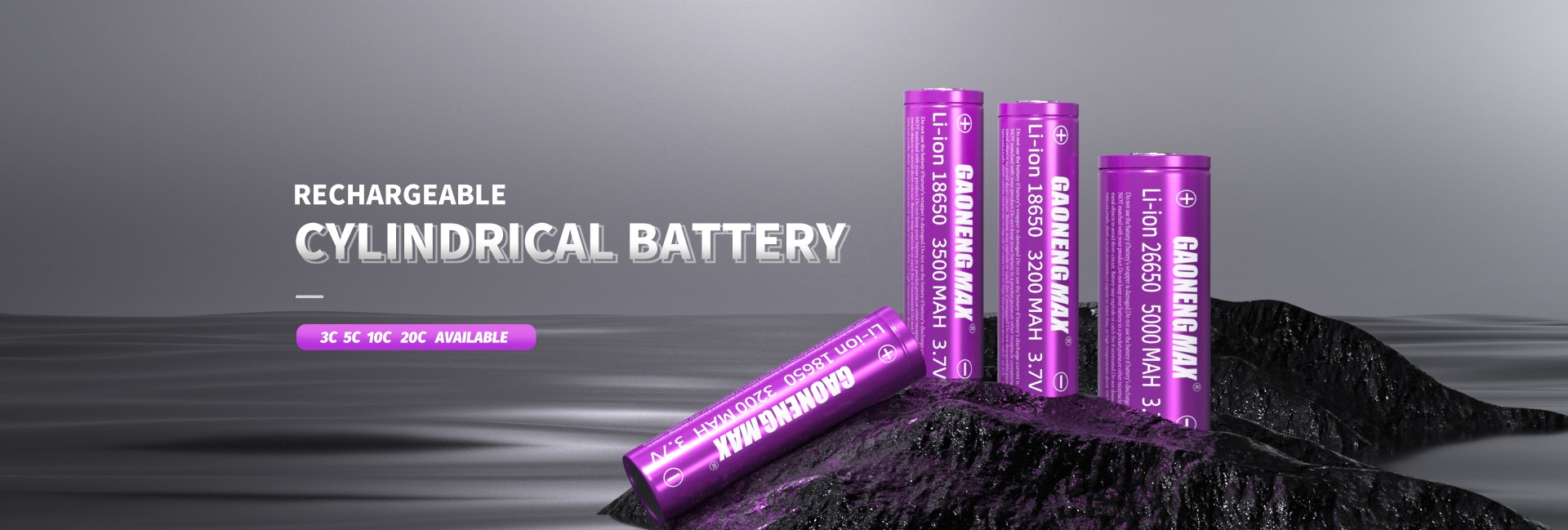
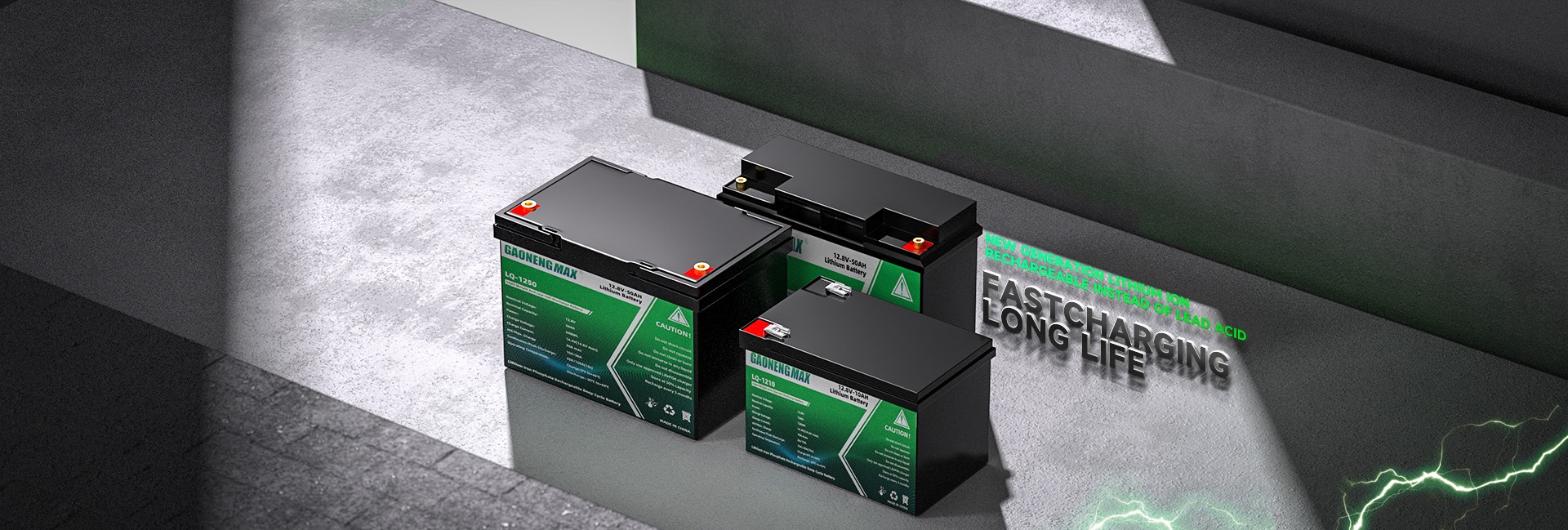




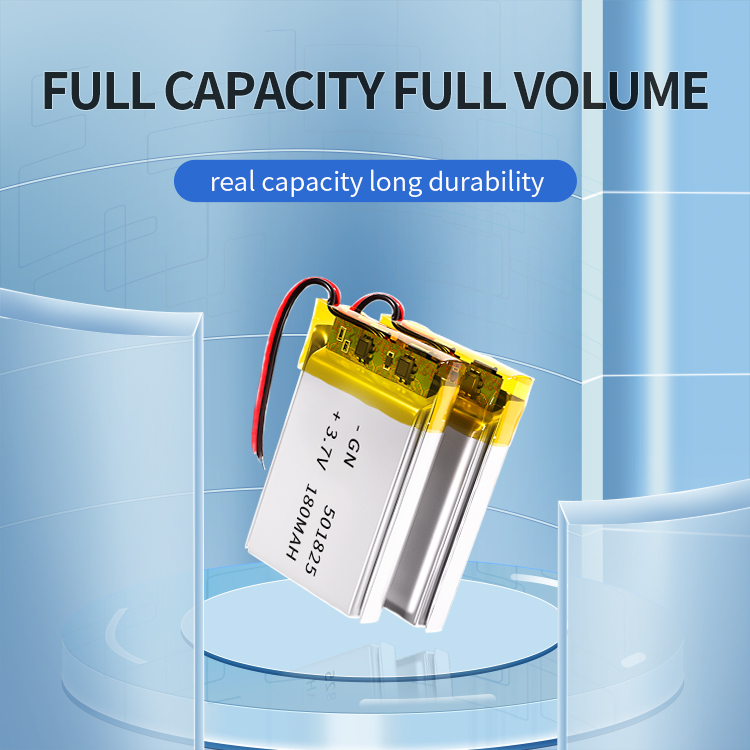
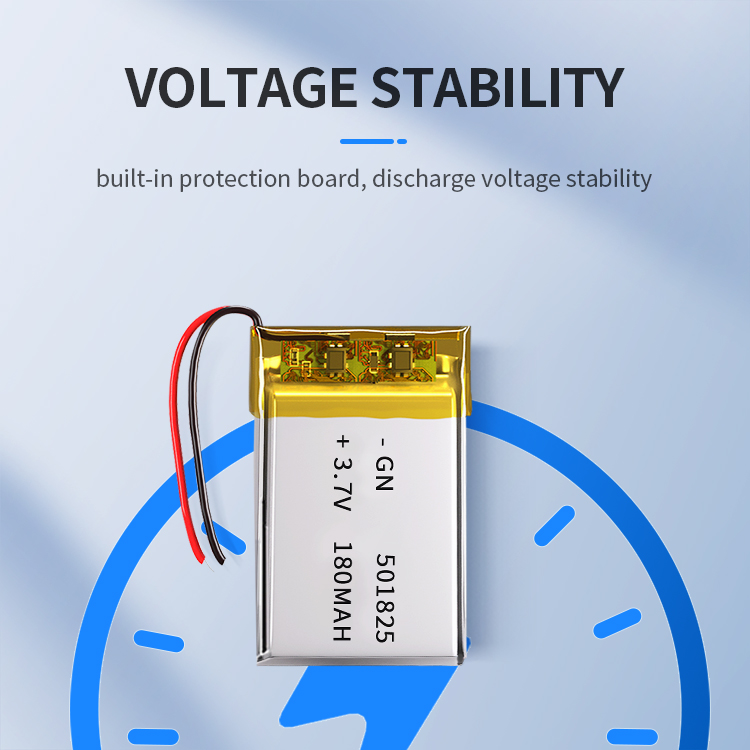







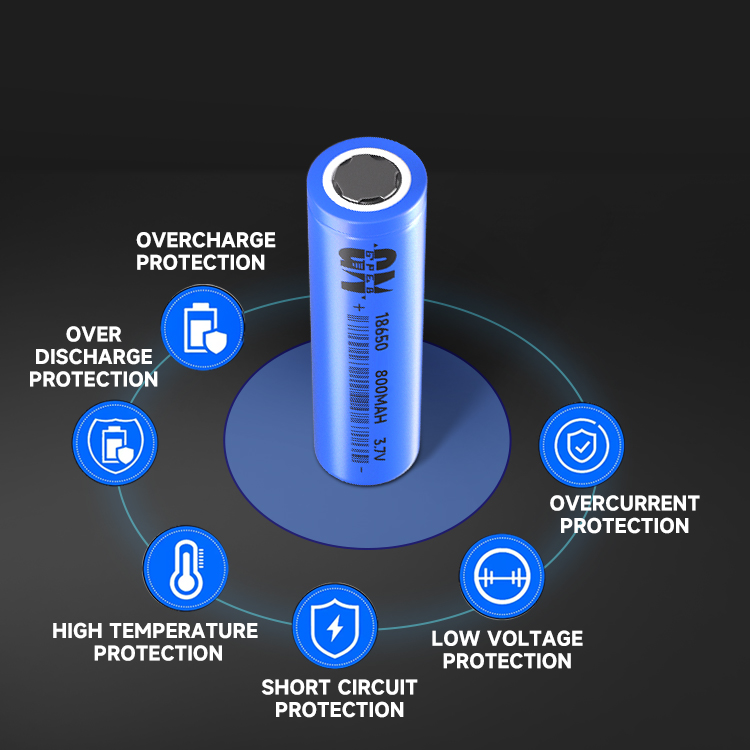

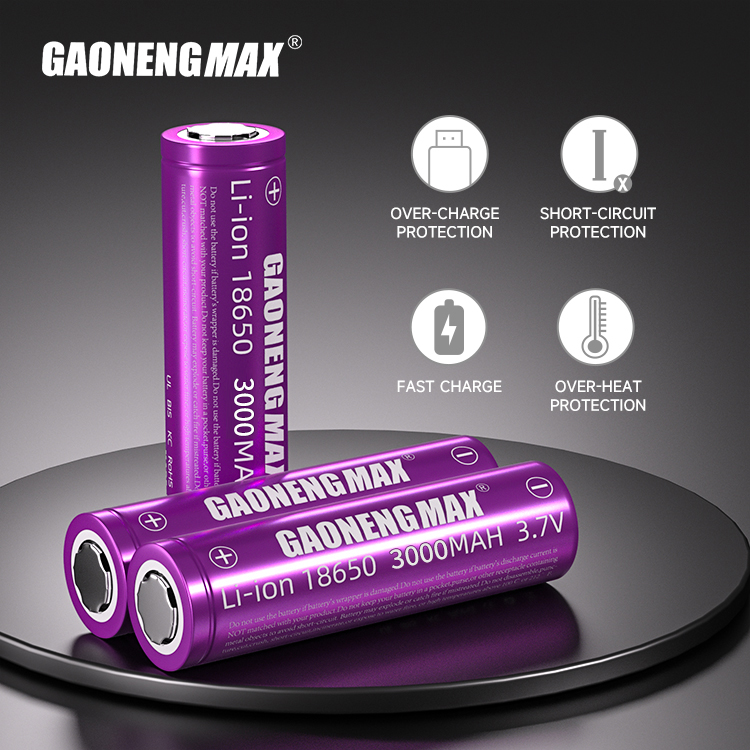
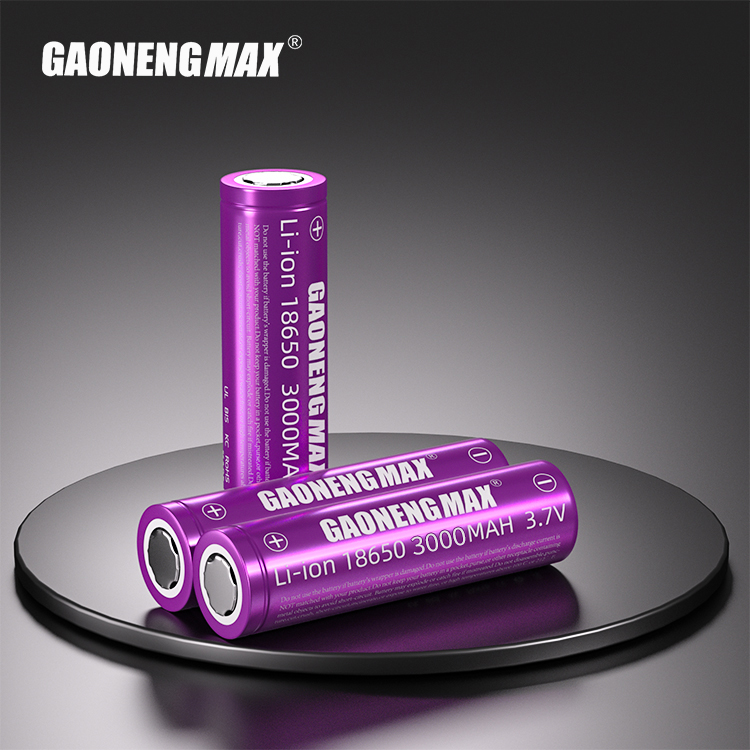

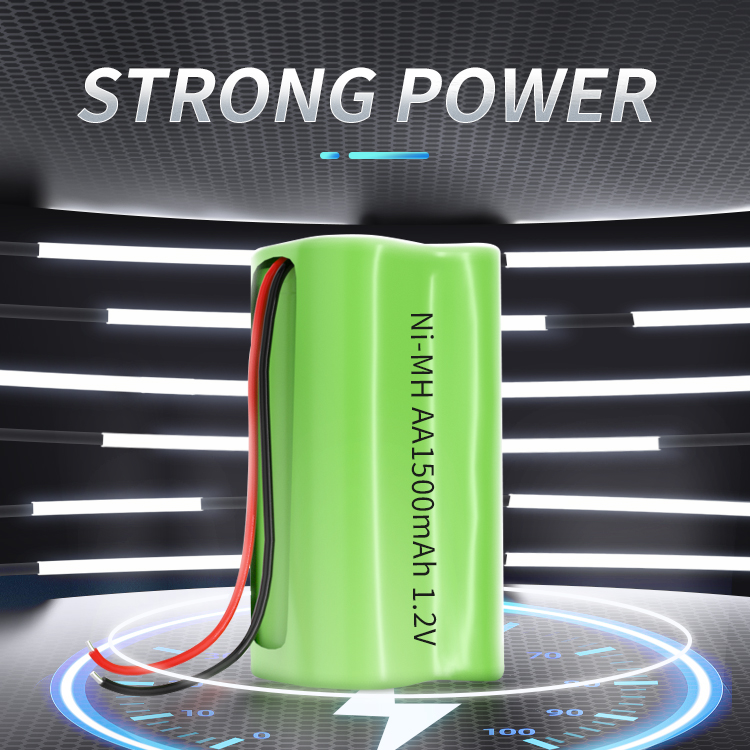
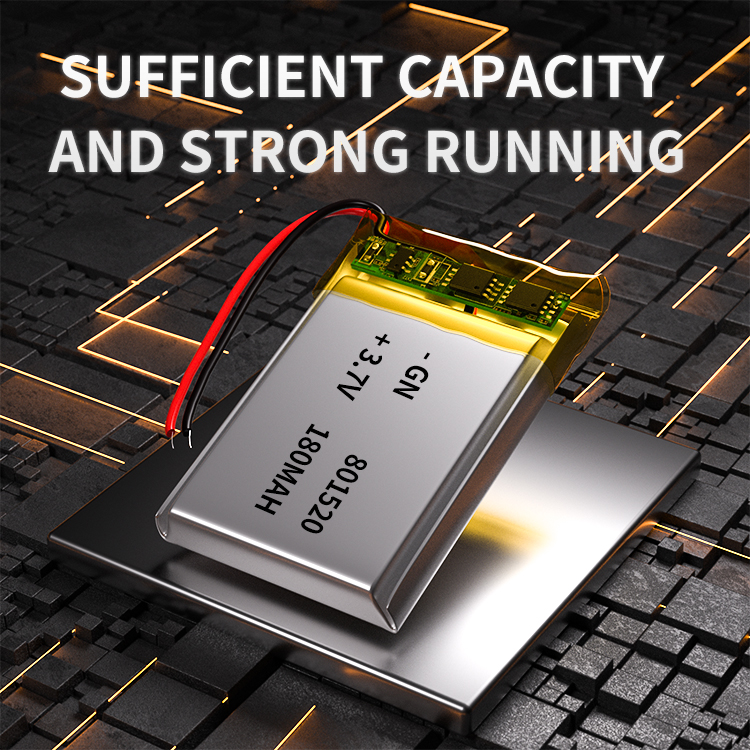
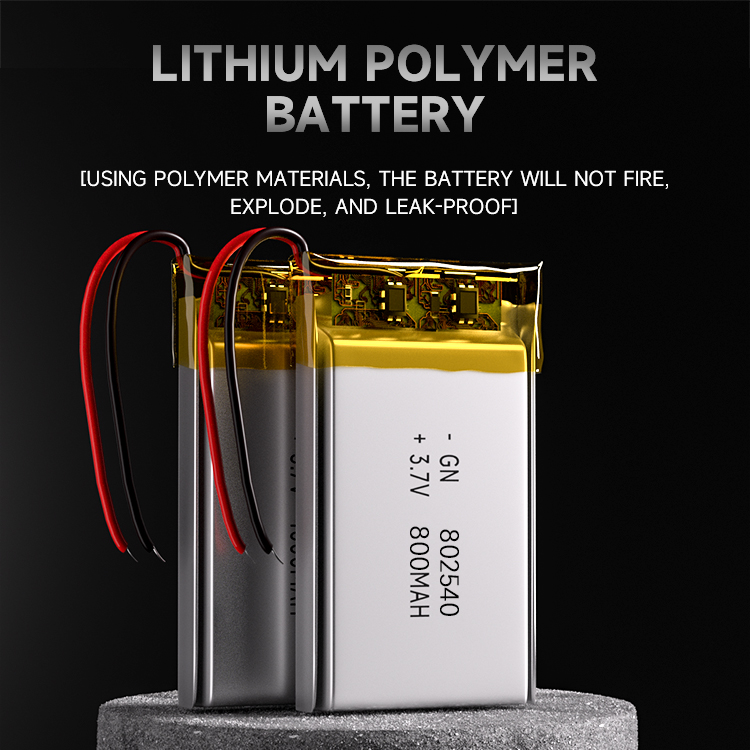
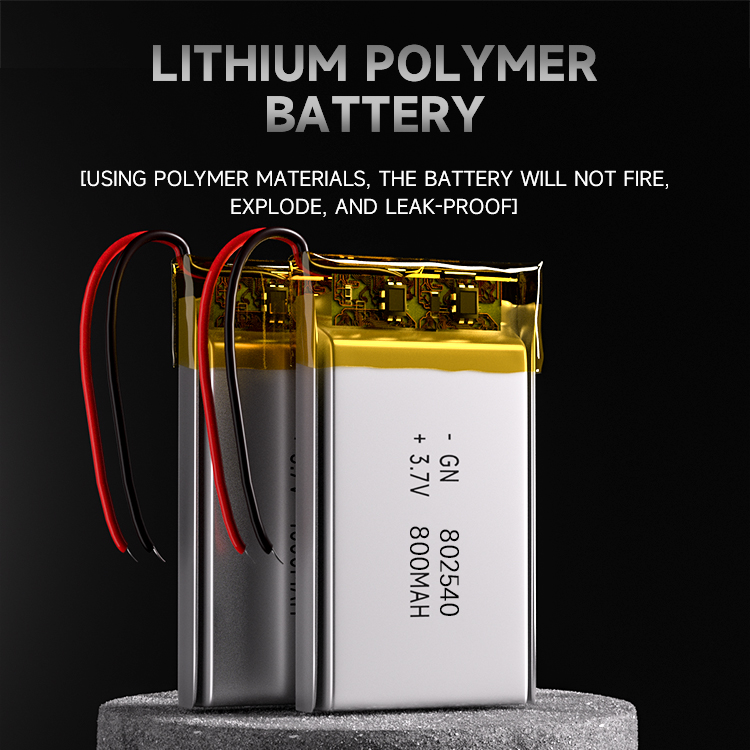
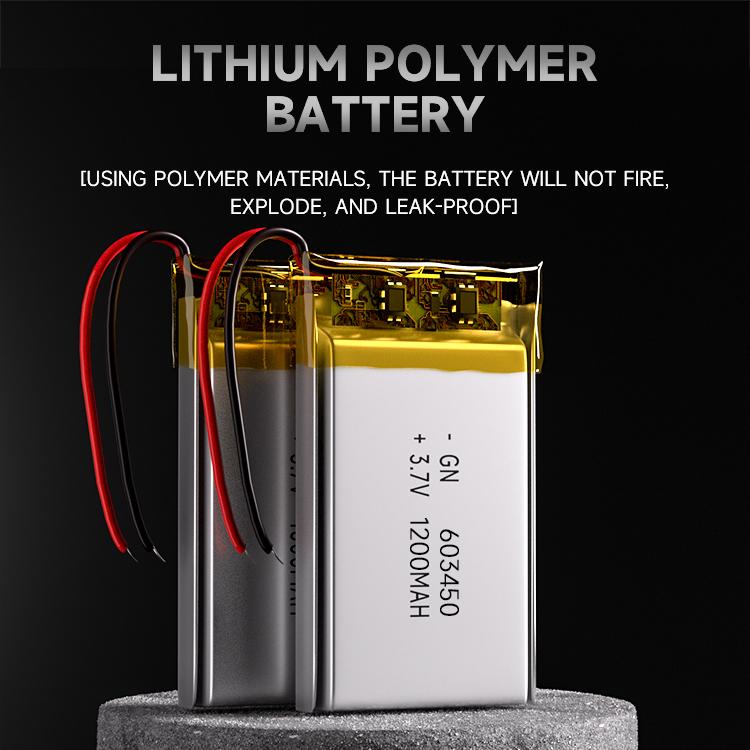
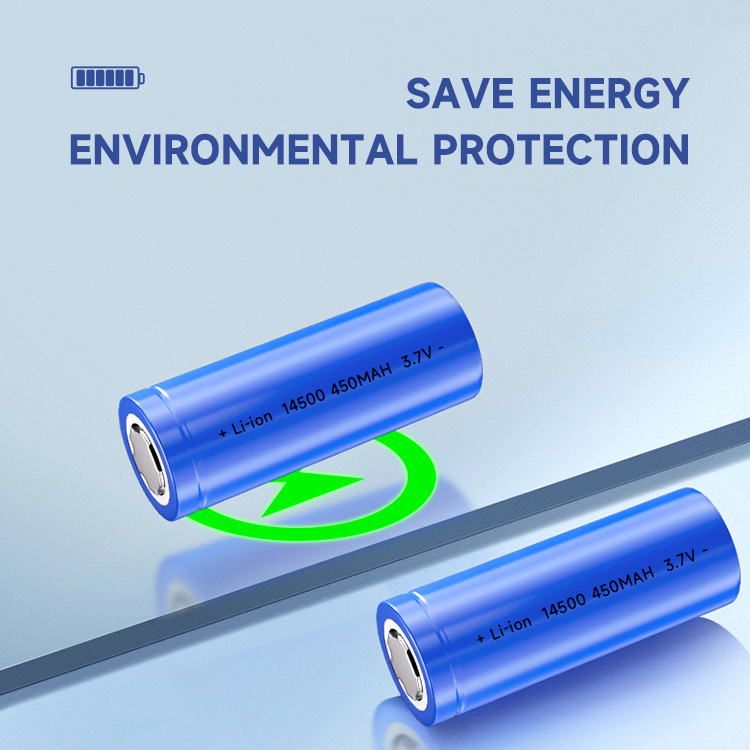
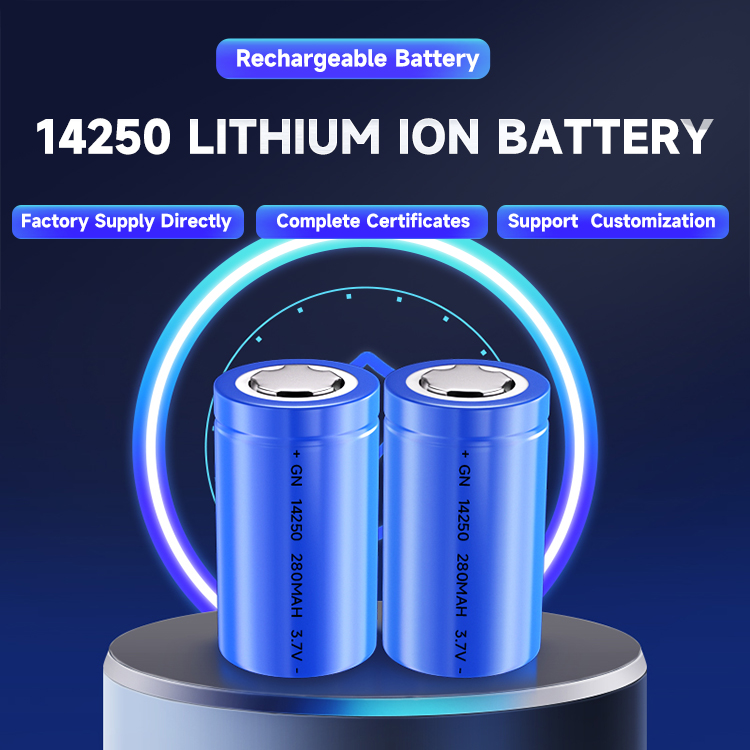
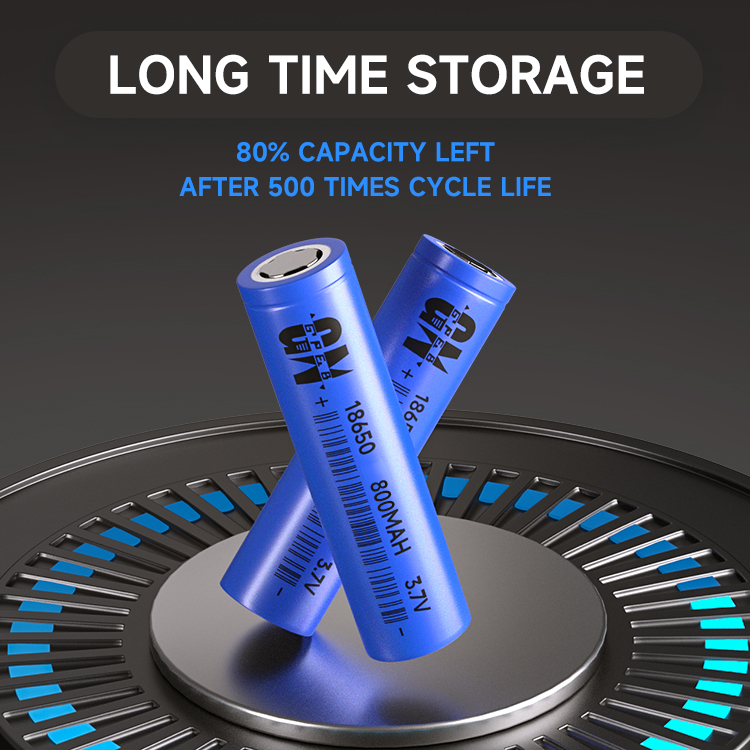
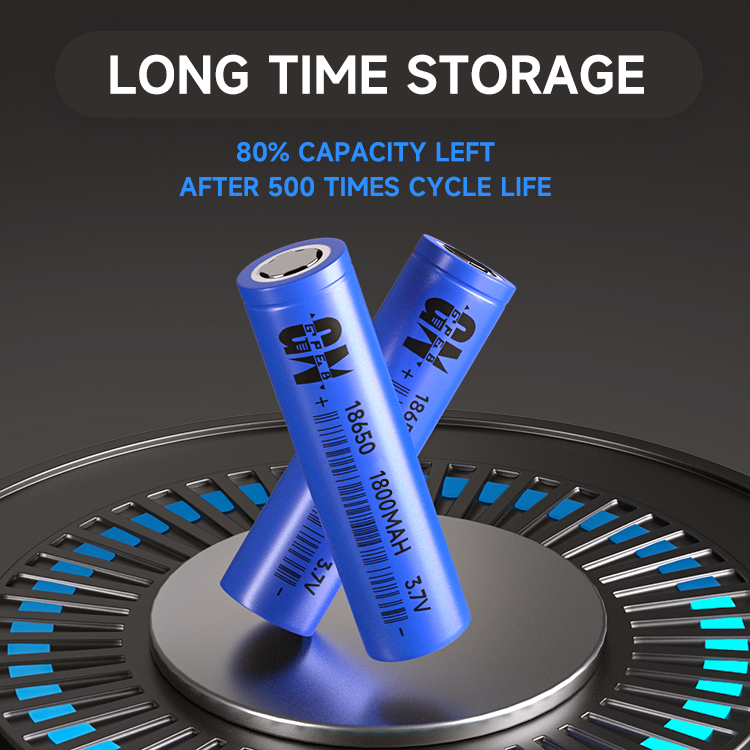
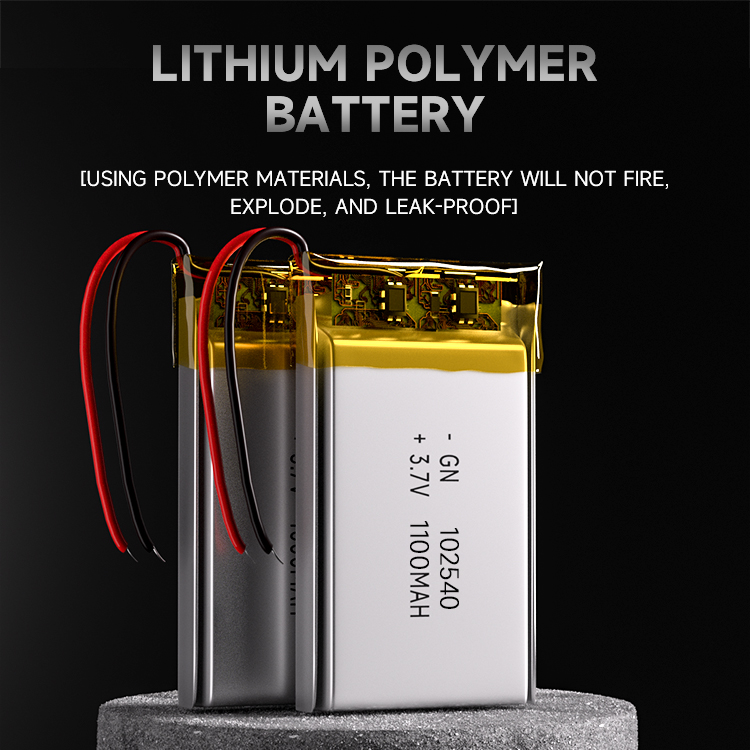

















 360° FACTORY VR TOUR
360° FACTORY VR TOUR
 Whatsapp
Whatsapp
 Tel
Tel Email
Email TOP
TOP